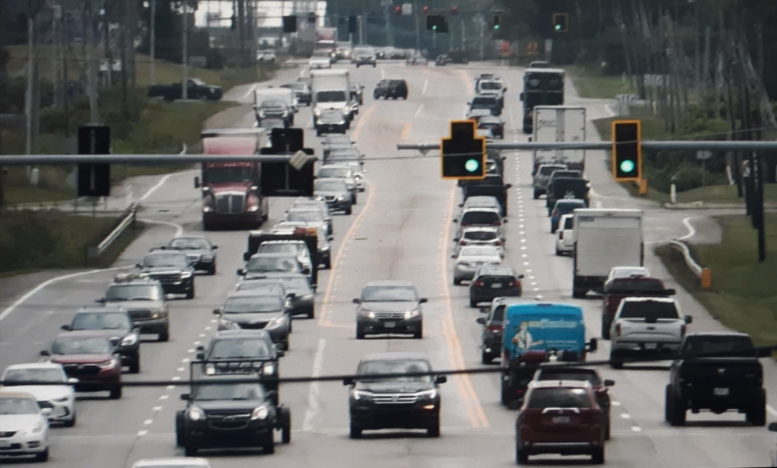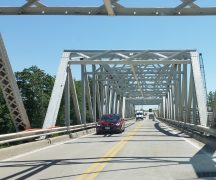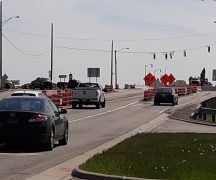By JAN LARSON McLAUGHLIN
BG Independent News
Area residents tasked with frequent trips to the state capital know the frustration of encountering 38 traffic lights in the 37 miles on U.S. 23 between Waldo and northern Columbus.
Until recently, the congested route was being studied for solutions. But the Ohio Department of Transportation has halted the study.
Bowling Green City Council heard the first reading Monday evening of a resolution urging Gov. Mike DeWine and ODOT to reconsider a decision to end the “Route 23 Connect” study.
The study was looking at an improved highway connection between Northwest Ohio and Columbus. The resolution asks DeWine and ODOT to continue investigating improvements, upgrades, a bypass and other possibilities to address increased traffic along Route 23 through Delaware County.
The Bowling Green resolution cites benefits of an improved Route 23 corridor as reduced congestion, improved travel times, decreased crash rates, and a strengthened connection between Northwest Ohio and Columbus – which provides additional access to domestic and international markets for both regions.
If City Council passes the resolution, Bowling Green will join other municipalities in this region in asking the state to continue the study. The Toledo Metropolitan Area Council of Governments has led the fight to keep the study alive.
TMACOG has long advocated for an improved highway connection to the state capital, and last year partnered with the Ohio Department of Transportation and the Mid-Ohio Regional Planning Commission to study options to improve travel between Waldo and Interstate 270.
But ODOT officials decided that none of the six proposed options could be “reasonably implemented,” and that they would cost more than they would provide in benefit.
However, many leaders across this region disagree. A clogged Route 23 slows down travel and the local economy. Central Ohio is the fastest-growing area in the Midwest, quickly becoming a freight and logistics hub, according to TMACOG. ODOT expects truck traffic to approximately double by 2050.
Northwest Ohio is the only metropolitan area in the state without a free-flowing connection to the capital. Drivers from Cleveland, Youngstown, Akron, Canton, Dayton, and Cincinnati encounter zero stop lights on highways enroute to Columbus, according to TMACOG.
The need for a better connection has been in TMACOG’s Transportation Legislative Agenda since 2008 and has been noted in long-range plans since at least 1996. TMACOG is also working with partners to explore passenger rail connections linking Toledo and Columbus.
According to TMACOG:
- Route 23 already has 30 percent more traffic than it was designed for. This has caused increased congestion, unpredictable travel times, and higher crash rates.
- Bottlenecks are frustrating for travelers and impede commerce and freight, making it harder to do business and attract new companies.
- As the area continues to develop, this problem will only get worse.
- The region expects to add more than 1 million households and 1 million jobs over the next 20 years, according to the Mid-Ohio Regional Planning Commission.
- The federal government is doing its part putting America on track to address our nation’s infrastructure needs, with a myriad of potential funding opportunities. Fixing Route 23 should be among the priority projects for Ohio.





